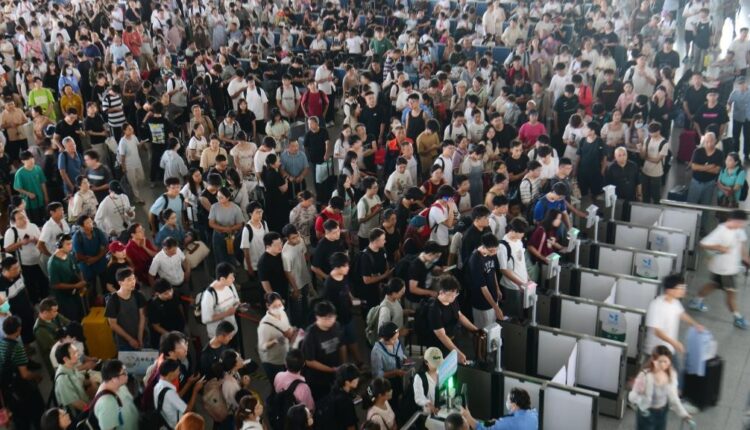The country saw a surge in travel bookings nearly comparable to pre-pandemic levels

The Chinese Ministry of Culture and Tourism reports that 107 million domestic trips were recorded during this year’s Mid-Autumn Festival holiday.
This marks a 6.3 percent increase from the same period in 2019 just before the pandemic.
The ministry also saw steady growth in the number of cross-border trips, as the National Immigration Administration reported a total of close to 5.26 million during the holiday period. Likewise, the average number of cross-border trips showed an 18.6 year-on-year increase, clocking in an average of 1.75 million trips a day.
Authorities also noted that the primary travel choices for users during the holiday were two-to-three-day self-driving getaways and high-speed rail trips to nearby destinations.

Leaning into tradition
Online travel services provider Ctrip shows that many travellers opted for activities centred on traditional cultural elements during the Mid-Autumn Festival holiday. Such activities included participating in lantern fairs, watching fireworks, boating to admire the moon, and touring traditional gardens in Hanfu.
By combining seasonal celebrations and traditional cultural elements, various regions expanded their consumption and experiential offerings beyond traditional moon-gazing activities. The central city of Wuhan, for example, revived a large-scale firework show that had been absent for over a decade, resulting in a 20 percent surge in local tour bookings compared to the previous three-day Dragon Boat Festival holiday.
Meanwhile, scenic spots ideal for moon watching in small towns have caught the eyes of young travellers. For instance, Mingyue Mountain in Yichun, Jiangxi Province, known for its moon-chasing zip line featuring the largest drop in Asia and the highest mountain lake in the Jiangnan region, has become a popular destination for young people to chase the moon during the holiday.